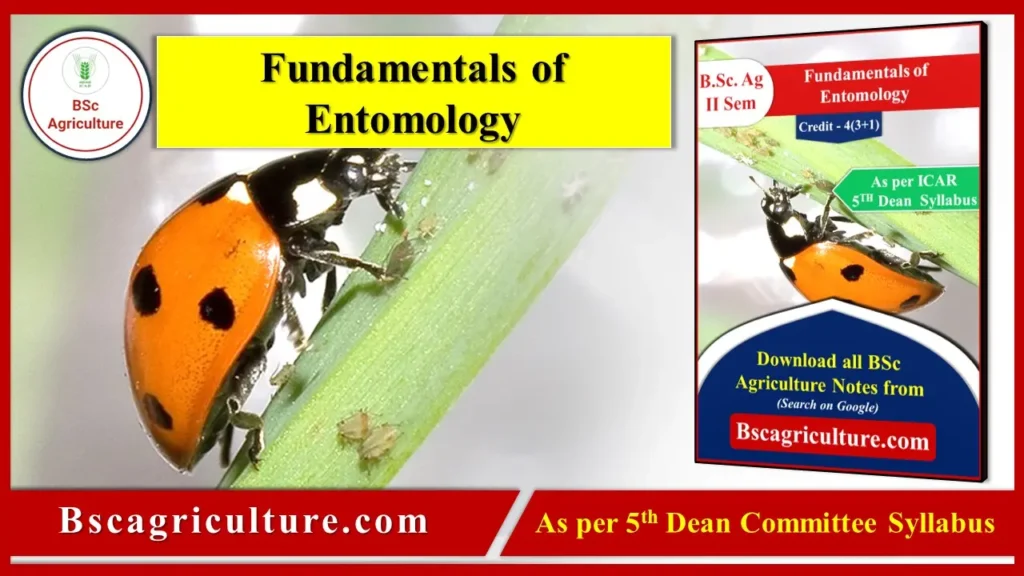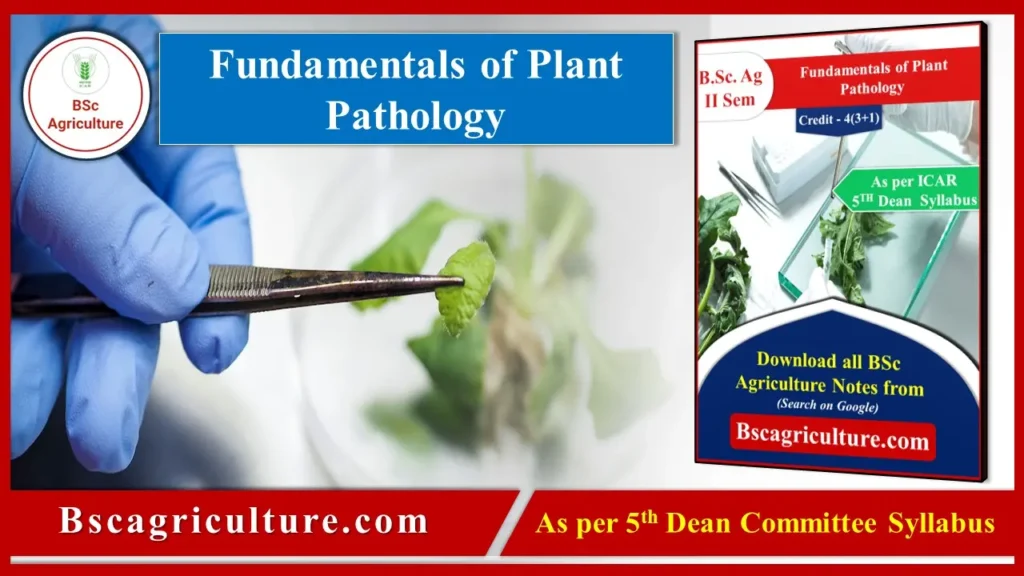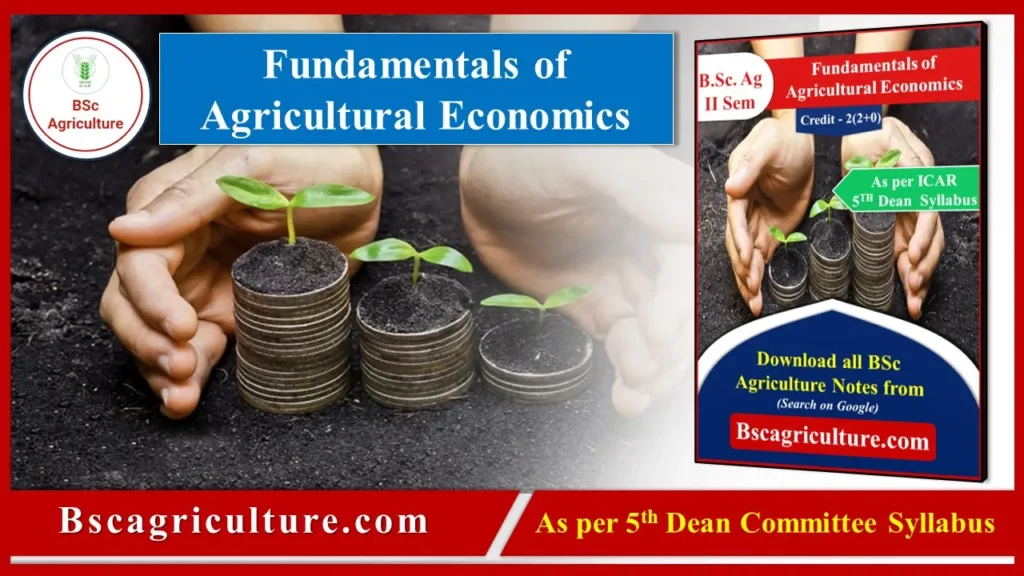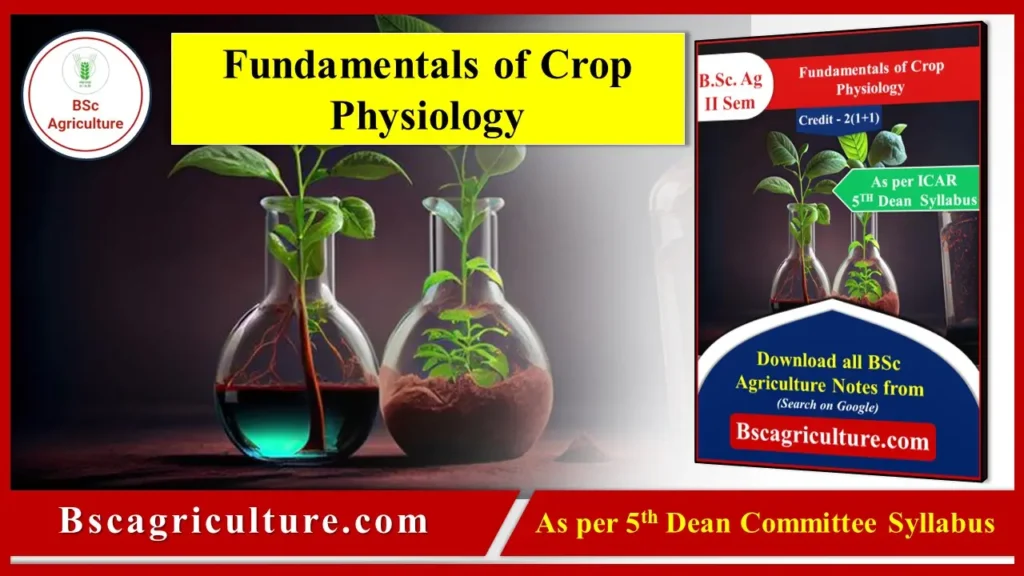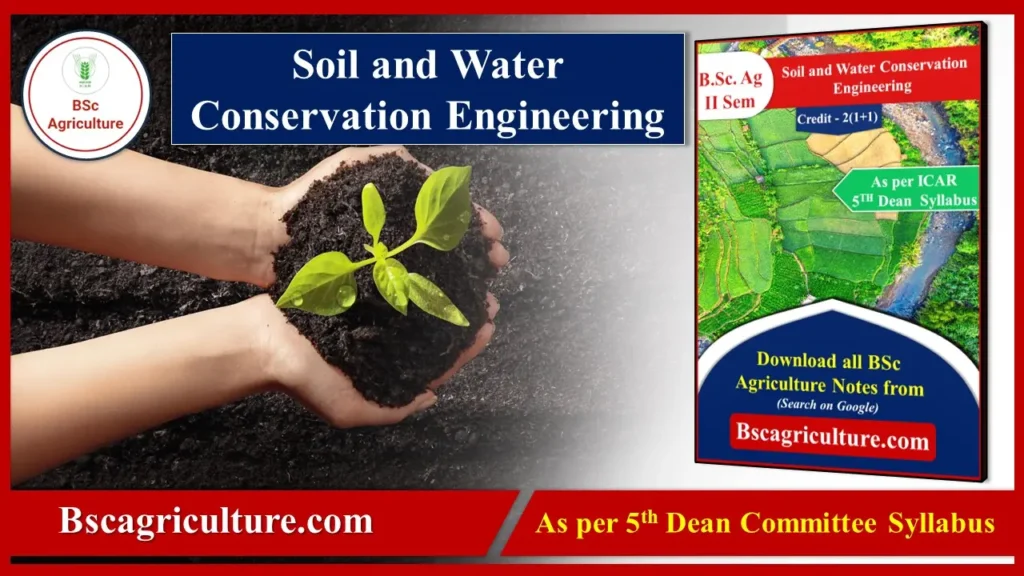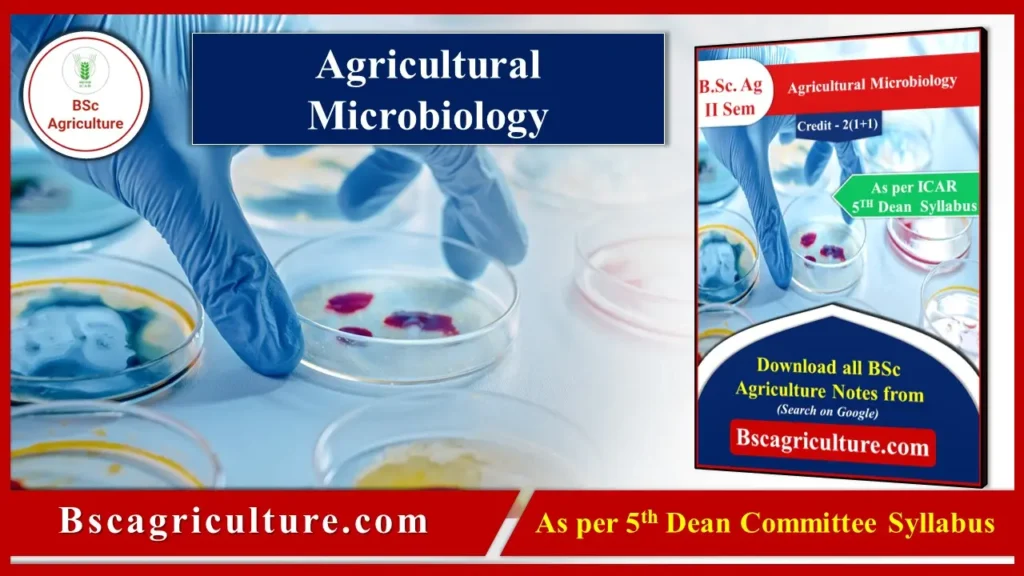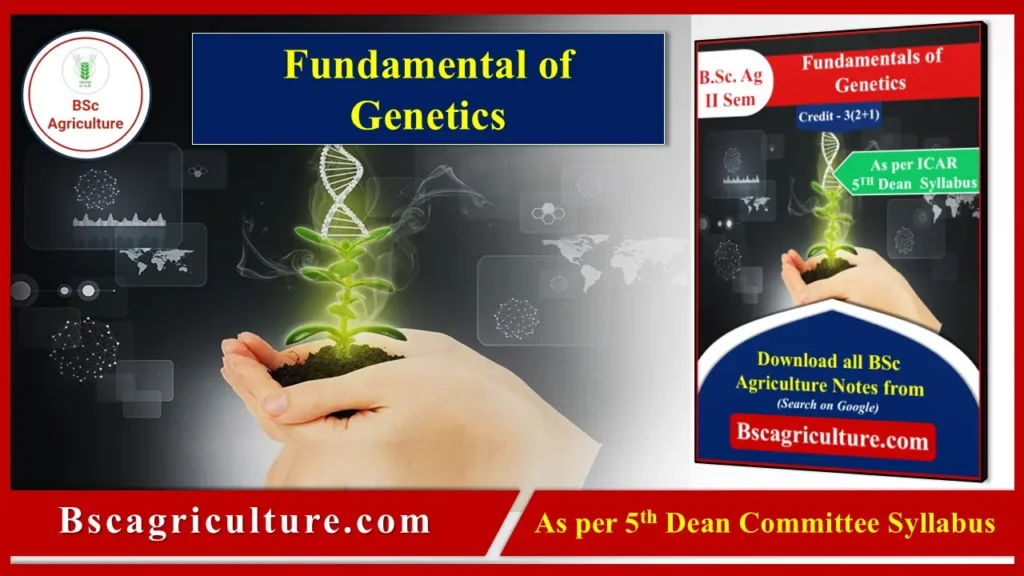Fundamentals of Entomology
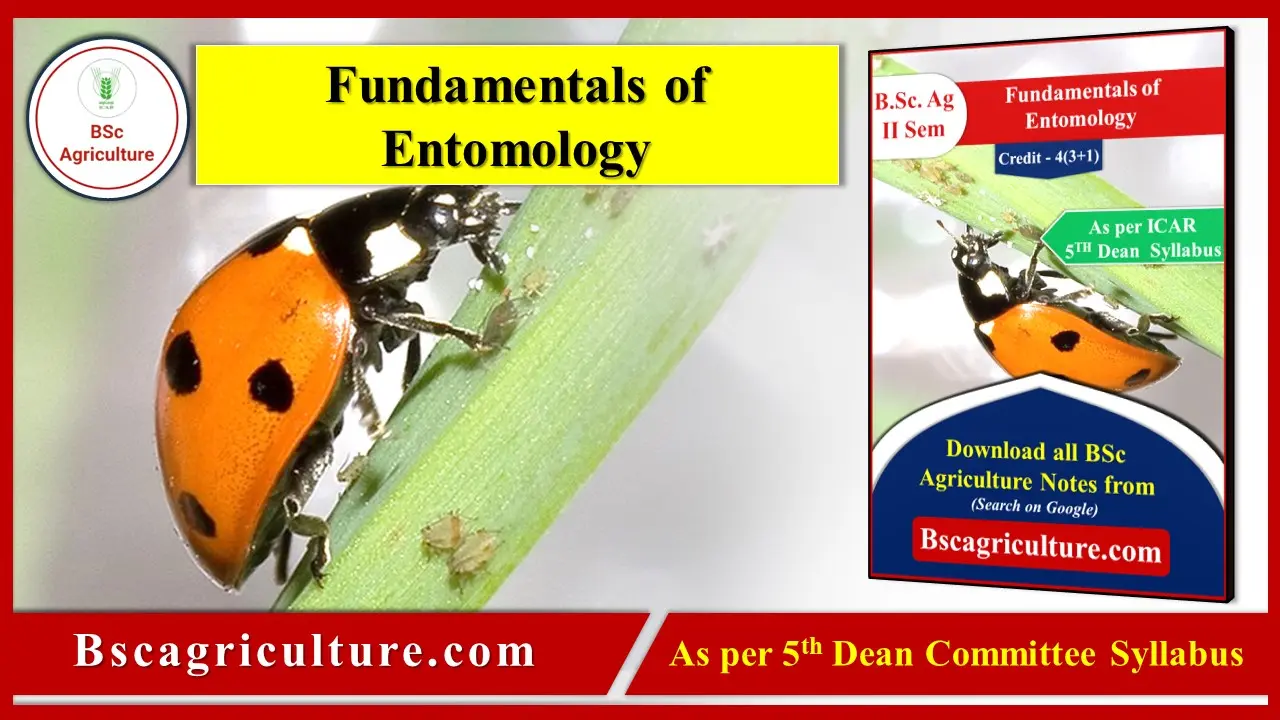
Fundamentals of Entomology is a basic book that gives concepts of insect biology, classification, and their roles in ecosystems. It provides basic about insect anatomy, physiology, behavior, and ecology, along with their importance in agriculture. This is the basic fundamental subject for first year BSc Agriculture students. If you’re looking for Fundamentals of Entomology notes you’re at the perfect place. Here, you can find all BSc Agriculture notes at one platform. We have updated the Fundamentals of Entomology notes as per latest ICAR 5th Dean Committee syllabus. Here you will also find Fundamentals of Entomology syllabus and notes.
| Course Name | Fundamentals of Entomology |
| Number of pages | 261 |
| PDF Size | 30 MB |
| Syllabus | As per ICAR 5th Dean committee |
| Course | BSc Agriculture |
| Semester | 2nd Semester |
| Language | English |
| Notes Source | ANGRAU, ICAR |
Fundamentals of Entomology Syllabus : Theory
Part – I
History of Entomology in India. Major points related to dominance of Insecta in Animal kingdom. Classification of phylum Arthropoda upto classes. Relationship of class Insecta with other classes of Arthropoda. Morphology: Structure and functions of insect cuticle and molting. Body segmentation. Structure of Head, thorax and abdomen. Structure and modifications of insect antennae, mouth parts, legs, Wing venation, modifications and wing coupling apparatus. Structure of male and female genital organ. Metamorphosis and diapause in insects. Types of larvae and pupae. Structure and functions of digestive, circulatory, excretory, respiratory, nervous, secretary (Endocrine) and reproductive system, in insects. Types of reproduction in insects. Major sensory organs like simple and compound eyes, chemoreceptor.
Part-II
Insect Ecology: Introduction, Environment and its components. Effect of abiotic factors– temperature, moisture, humidity, rainfall, light, atmospheric pressure and air currents. Effect of biotic factors – food competition, natural and environmental resistance.
Part III
Categories of pests. Concept of IPM, Practices, scope and limitations of IPM. Classification of insecticides, toxicity of insecticides and formulations of insecticides. Chemical controlimportance, hazards and limitations. Recent methods of pest control, repellents, anti feed ants, hormones, attractants, gamma radiation. Insecticides Act 1968- Important provisions. Application techniques of spray fluids. Symptoms of poisoning, first aid and antidotes.
Part – IV
Systematics: Taxonomy –importance, history and development and binomial nomenclature. Definitions of Biotype, Sub-species, Species, Genus, Family and Order. Classification of class Insecta upto Orders, basic groups of present day insects with special emphasis to orders and families of Agricultural importance like Orthoptera: Acrididae, Tettigonidae, Gryllidae, Gryllotalpidae; Dictyoptera: Mantidae, Blattidae; Odonata; Isoptera: Termitidae; Thysanoptera: Thripidae; Hemiptera: Pentatomidae, Coreidae, Cimicidae, Pyrrhocoridae, Lygaeidae, Cicadellidae, Delphacidae, Aphididae, Coccidae, Lophophidae, Aleurodidae, Pseudococcidae; Neuroptera: Chrysopidae; Lepidoptera: Pieridae, Papiloinidae, Noctuidae, Sphingidae, Pyralidae, Gelechiidae, Arctiidae, Saturnidae, Bombycidae; Coleoptera: Coccinellidae, Chrysomelidae, Cerambycidae, Curculionidae, Bruchidae, Scarabaeidae; Hymenoptera: Tenthridinidae, Apidae. Trichogrammatidae, lchneumonidae, Braconidae, Chalcididae; Diptera: Cecidomyiidae, Tachinidae, Agromyziidae, Culicidae,Muscidae, Tephritidae.
Fundamentals of Entomology Syllabus : Practical
Methods of collection and preservation of insects including immature stages; External features of Grasshopper/Blister beetle; Types of insect antennae, mouthparts and legs; Wing venation, types of wings and wing coupling apparatus. Types of insect larvae and pupae; Dissection of digestive system in insects (Grasshopper); Dissection of male and female reproductive systems in insects (Grasshopper); Study of characters of orders Orthoptera, Dictyoptera, Odonata, Isoptera, Thysanoptera, Hemiptera, Lepidoptera, Neuroptera, Coleoptera, Hymenoptera, Diptera and their families of agricultural importance. Insecticides and their formulations. Pesticide appliances and their maintenance. Sampling techniques for estimation of insect population and damage.
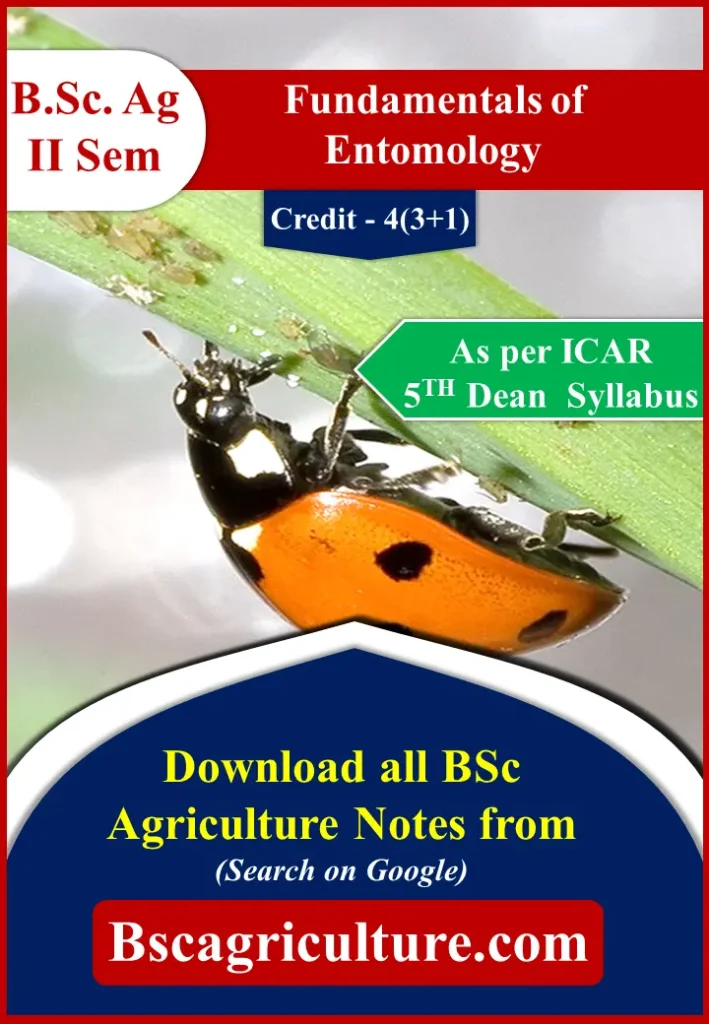
Other Notes
- Fundamentals of Agricultural Extension Education
- Fundamentals of Entomology
- Fundamentals of Plant Pathology
- Fundamentals of Agricultural Economics
- Fundamentals of Crop Physiology
- Soil and Water Conservation Engineering
- Agricultural Microbiology Notes
- Fundamentals of Genetics
Join Times of Agriculture
Get the latest Agriculture Magazine and regular important updates right on your phone.
👉 Join WhatsApp Group
